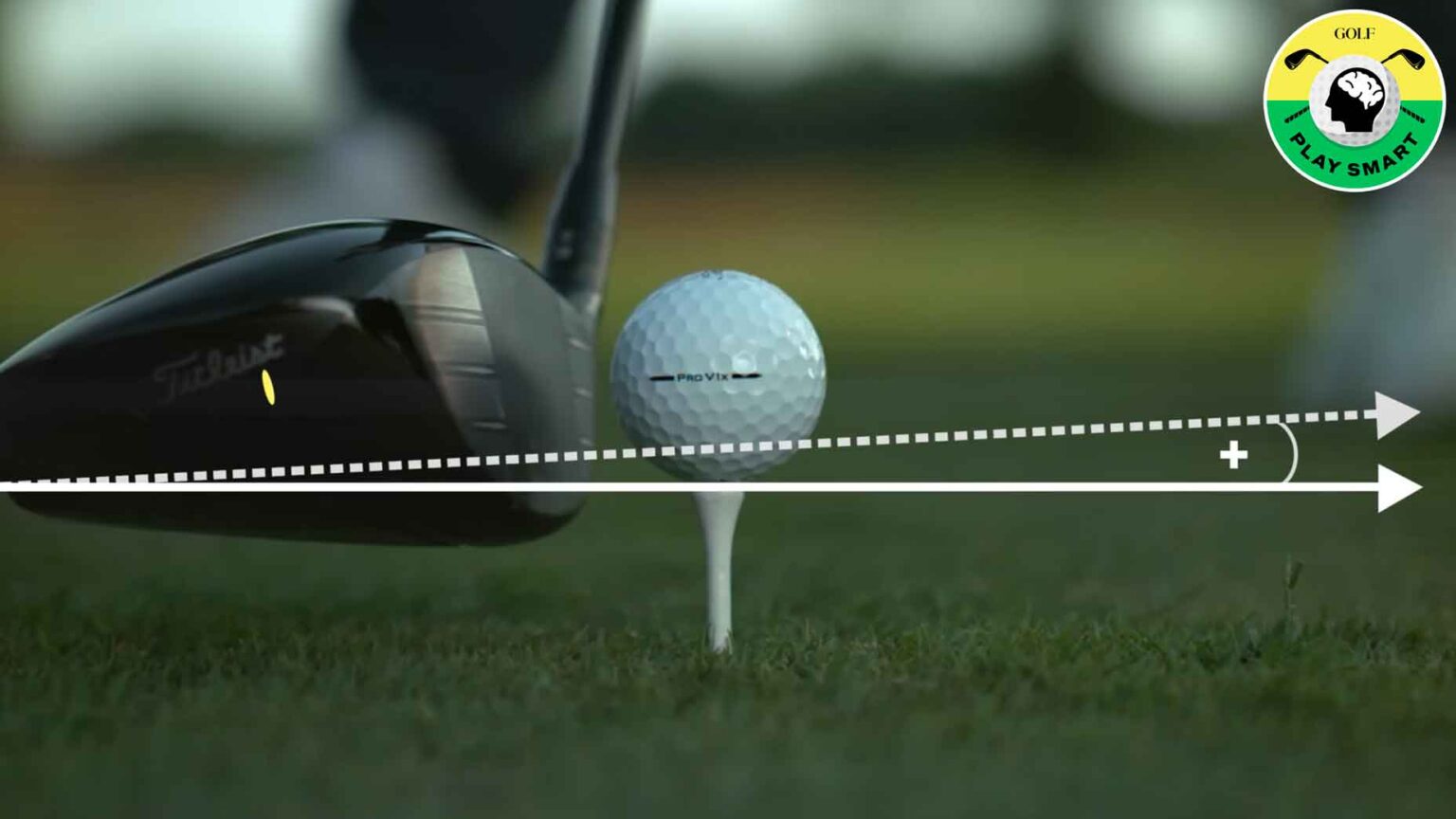Unlocking Longer Drives: Master Your Angle of Attack with Play Smart
Welcome to Play Smart, our dedicated GOLF.com column designed to elevate your game by making you a smarter golfer. In this article, we’ll delve into one of the most critical components of hitting longer drives: achieving the optimal angle of attack (AoA) with your driver. Understanding and mastering this essential aspect can significantly improve your distance and overall performance on the course.
The Importance of Angle of Attack
When it comes to making solid contact with your driver, achieving a positive angle of attack is paramount. While most clubs require a downward strike, the driver is unique in that your goal should be to hit up on the ball. This upward strike is what enables a higher launch angle and maximizes distance. This article will outline why this concept is crucial and how to implement it effectively in your game.
Understanding Positive Angle of Attack
According to Dave Phillips, a GOLF Top 100 Teacher, PGA Tour professionals typically have an average AoA of about +1 degrees with their drivers. This means they are swinging slightly upward during impact, enhancing their chances for longer drives. In contrast, LPGA players exhibit a higher average AoA of approximately +4 degrees. This discrepancy arises because LPGA pros typically swing at a slower speed and need more upward momentum to achieve similar distances as their male counterparts.
Reading Your Own Needs
When you take the course’s unique dynamics and your individual swing speed into consideration, you may wonder how much you should swing up on the ball. It’s essential to recognize that each golfer’s swing is distinctive. The formula isn’t one-size-fits-all; it varies based on your individual swing characteristics and speed. For powerful swings, a lesser upward angle suffices, while slower swings may require a steeper upward angle for distance.
Common Pitfalls
While the concept of hitting up on the ball seems straightforward, many recreational golfers struggle with this technique. The desire to swing up can lead to improper weight transfer, which can significantly derail your shot. Often, golfers end up hanging back, failing to shift their weight appropriately during the swing, leading to either topped shots or pushes.
The Key Move to Success
To effectively achieve a positive angle of attack, it’s vital to mimic the movements of the pros. Starting from the top of your backswing, the first step is to slightly bump your hips forward before initiating your downswing. This slight bump helps in aligning your body correctly for the upward strike.
Transitioning into the Downswing
As you begin your downswing, remember to push into the ground with your lead foot. This action initiates a chain reaction that allows you to create the necessary angle of attack effectively. Following Phillips’ teachings, as you push down into your lead foot, you will naturally cause your lead shoulder to rise and move away from your chin, positioning the club correctly for impact.
Visualizing the Movement
An effective visual to keep in mind is how your lead shoulder moves up and back, allowing the grip end of the club to follow an upward trajectory. This upward motion helps in getting the clubhead into an optimal position to strike the ball. Mastering this sequence will not only improve your angle of attack but also aid in achieving more distance with your drives.
The Importance of Early Force Application
Incorporating the correct body mechanics is crucial. Getting force into your lead foot early in the swing is vital. Once you establish that pressure, it will facilitate a proper weight shift leading into the shot, allowing you to hit up on the ball more efficiently. Understanding this sequence can turn the tables regarding your driving distance and accuracy.
Final Thoughts
By mastering the art of hitting up on the ball, you will notice a marked improvement in your swing and overall game. Incorporating these techniques into your practice routine is essential for translating them onto the course. Remember to focus on proper weight transfer, utilize your lead foot effectively, and mimic those key movements of professional golfers. Don’t hesitate to seek guidance through instructional videos or lessons to further hone this skill. With patience and practice, longer drives are within your reach. Embrace these principles, and watch as your game transforms.
This article is designed to synthesize key golfing techniques into an easily digestible format, aiming to enhance your understanding of the crucial angle of attack when driving. Whether you’re a novice or an experienced player, implementing these tips will undoubtedly sharpen your game and lead to improved performance on the greens. Happy golfing!
